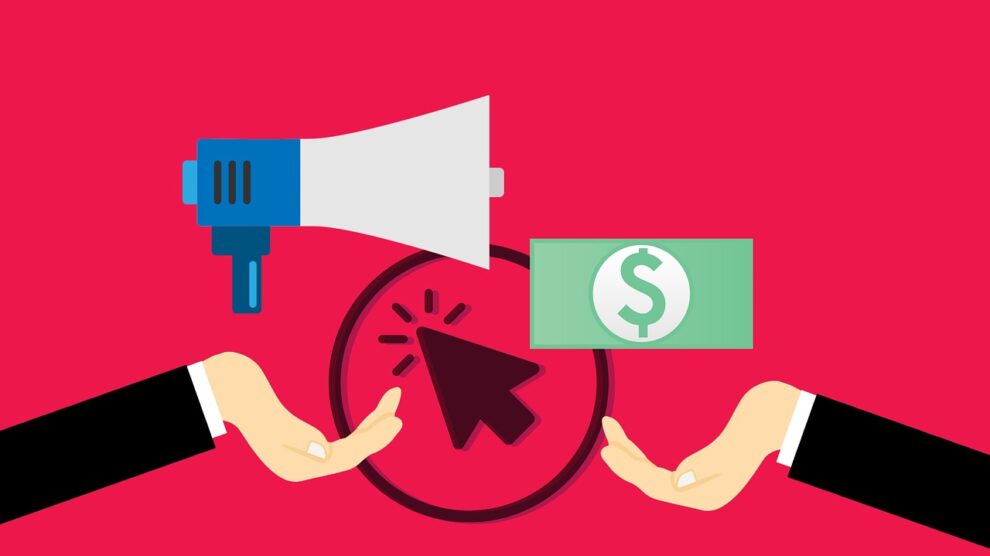Pay-per-click (PCC) ads are still a viable way to acquire new leads, but it has fallen out of style in the wake of social media’s rise to fame. TikTok in particular has now surpassed Google as the world’s most popular platform, so it makes sense to pause and ask whether your PPC is even worth the time or money it takes to run.
1. Avoid High-Volume Keywords
High-volume keywords make sense in theory as you want the most people to see your site, so it makes sense to choose the keywords they search the most often. Right? Not necessarily. In most cases, the high-volume keywords are so popular that the likelihood of you getting chosen as the premiere source on them is next to zero. High-volume keywords tend to be over-saturated with PPC competitors, so you wind up paying money for visibility that doesn’t bring you any major return on investment. Some of the best practices in marketing analytics highlight this exact concept. Instead, do some research on Google Trends, identify relevant, trending search terms and aim for mid-volume search queries. This will allow you to get seen by those who are actively looking for what you sell, and they’ll be more likely to click your site because the keywords are more specific to their needs.
2. Eliminate Poor Performing Words
Make sure you consistently check your keyword performance. There’s no reason to waste money on terms that aren’t pulling in ample traffic. Even if they perform a little, you have to compare their lead conversion rate to determine whether they’re worth the cost. Pay extra close attention to a word’s bid value. This is bid-per-click that you are paying in order to beat out competitors when Google auctions the keywords. Securing ad space may not be worth the price if you find that the terms you’re targeting don’t bring you any new business.
3. Expand Your Budget
Sometimes, a PPC campaign can be beautifully crafted and still not deliver the results you expected. This issue usually boils down to finances. Small businesses tend to have smaller marketing budgets, which means they may not be able to contribute the level of funding necessary to see their ads pay off. If you can relate, then it’s important to assess areas you could scale back to further invest in your PPC campaigns. If you bootstrap your business, then look into lowering your monthly expenses. Refinancing credit cards and student loans is a good long-term solution for entrepreneurs. If you refinance student loans through a private lender, you can lower your interest rate in addition to making your monthly payments easier to balance with your budget.
4. Build a List of Negative Terms
Make sure that you have an equally thoughtful list of negative matches. These are the terms that you do not want to be shown for. Using these terms is a good way to help correct a high-click-through, low conversion campaign. Negative lists help curtail the amount of people who click on your link out of curiosity or even confusion. Your negative words should be chosen based on terms that have previously driven visitors to your site but have failed to generate any new leads.
5. Start Geotagging
Location-based search is big for Google business, especially if you use audience segments. Local businesses need geotagging to ensure that they are only shown to people in their area. There’s no point in ranking high for carpet cleaning services in Wyoming when you’re located in Los Angeles. Geotagging is not limited to local businesses, though. One way to optimize trending terms is to target your PPC based on demographics like location. You might find that some phrases are more prevalent in certain parts of the United States. If that’s the case, then you want to be shown to people who are the most active at any given time. The exact use of geotagging will vary, but it is one way to personalize and fine-tune your PPC keyword lists. You may even use keyword variations based on location to increase visibility and increase click-through rates.
6. Don’t Let Your Landing Pages Languish
Leaving your landing pages outdated for months or even years at a stretch can be detrimental to your success. Although you may think a good landing page is one-and-done, that isn’t true. Good landing pages adapt to their audience’s needs, expectations and preferences over time. For example, great copy can feel stale and soulless when presented on an outdated design. You may find that the layout of a page ultimately deters people from taking action. Using A/B testing and routinely comparing results will help you develop the perfect formula for your business’ audience.





